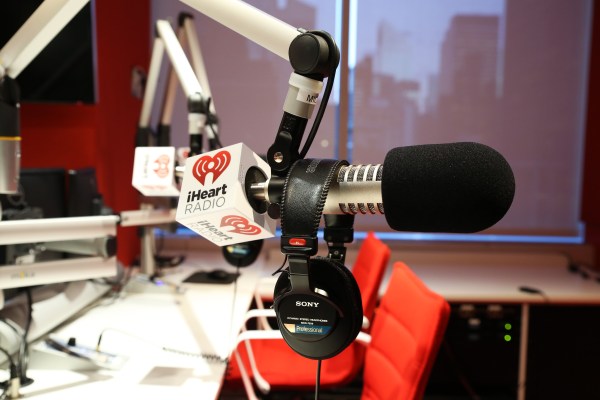iHeartMedia has today announced that its iHeartRadio streaming music service has surpassed 60 million registered users.
Of course, “registered users” is a vague stat. Spotify now has over 60 million monthly active users and 15 million paying customers. Pandora has over 250 million registered users and had 77 million active users as of mid-2014.
These numbers are tough to compare since iHeartRadio treats users a bit differently than most streaming services. Users can listen to iHeartRadio on their smartphone or on the web for free without ever registering. The app/website essentially connect users to an am/fm radio.
But if users want to listen to playlists or use other, more personalized features on iHeartRadio, they have to register with the service.
Registered user numbers can be misleading because the stat counts people no matter how long ago they registered and whether or not they still use a service. iHeartRadio might have a ton of unregistered users, both the registered ones are necessarily active.
Even the term “monthly active users” has come under fire recently from figures including Medium’s Ev Williams because it doesn’t actually gauge engagement. Someone who uses one app for 10 hours a month would be counted the same as one who stops by for 10 minutes. Daily active users and time-on-site can be more accurate ways of measuring the value created by a service, but some services like Google Search actively try to reduce the amount of time people spend with it to get the same utility.
For music services, listening time is probably the best metric, but few companies reveal it. Pandora had 1.73 billion listening hours per month in May 2014, translating to 22 hours per month for each of its 77 million active users at the time. Spotify say cross-platform users who rock both its mobile and desktop apps rack up an average of 155 minutes of listening per day, or 77 hours per month, but these are its more engaged users.
“We look at registration as a way to gauge the added value we bring to consumers,” said iHeartRadio’s Chief Product Officer Chris Williams. “It goes beyond the convenience we bring with access to terrestrial radio and shows that people want that more refined experience that we can offer.”
iHeartRadio only came on the scene about four years ago, though it uses the resources of a much older institution, its parent company formerly Clear Channel, to power its content.
The streaming space is incredibly hot, though incredibly difficult, going into 2015. Major players have made a name for themselves in a way that has truly changed consumer behavior. Most people will choose a streaming radio product (like Pandora) or a streaming music locker (like Spotify) before they will buy an album outright. But as consumers flock to these new media products, it’s worth remembering that the margins on streaming music are very low.
Plus, there are tons of players in the space, from startups like Pandora and Spotify to bigger players like Apple, Google and Amazon.
But iHeart has a unique position in the mass of competitors. The company is using its history as Clear Channel, one of the world’s largest terrestrial radio providers, to shift into modern-day usage behaviors.
“Speed is our biggest challenge moving forward,” said Williams. “I’m constantly blown away by the technology we have and the ideas that come across my desk, but it’s all about if we can move fast enough to get there while it’s still valuable to consumers and innovative and relevant.”
If iHeartRadio can use its AM and FM stations to cross-promote its site and app, it could translate its massive terrestrial footprint to digital. It already has a strong audio ads teams in place to monetize this. Otherwise, it may see its share of listener time slip to services with more radio personalization or on-demand song choice.
